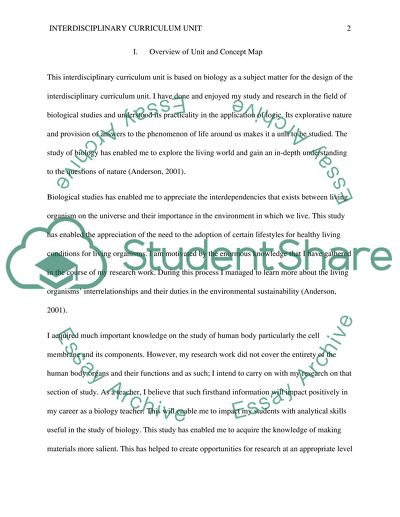Cite this document
(“Interdisciplinary Curriculum Unit Assignment Example | Topics and Well Written Essays - 2250 words”, n.d.)
Interdisciplinary Curriculum Unit Assignment Example | Topics and Well Written Essays - 2250 words. Retrieved from https://studentshare.org/education/1641759-interdisciplinary-curriculum-unit
Interdisciplinary Curriculum Unit Assignment Example | Topics and Well Written Essays - 2250 words. Retrieved from https://studentshare.org/education/1641759-interdisciplinary-curriculum-unit
(Interdisciplinary Curriculum Unit Assignment Example | Topics and Well Written Essays - 2250 Words)
Interdisciplinary Curriculum Unit Assignment Example | Topics and Well Written Essays - 2250 Words. https://studentshare.org/education/1641759-interdisciplinary-curriculum-unit.
Interdisciplinary Curriculum Unit Assignment Example | Topics and Well Written Essays - 2250 Words. https://studentshare.org/education/1641759-interdisciplinary-curriculum-unit.
“Interdisciplinary Curriculum Unit Assignment Example | Topics and Well Written Essays - 2250 Words”, n.d. https://studentshare.org/education/1641759-interdisciplinary-curriculum-unit.


